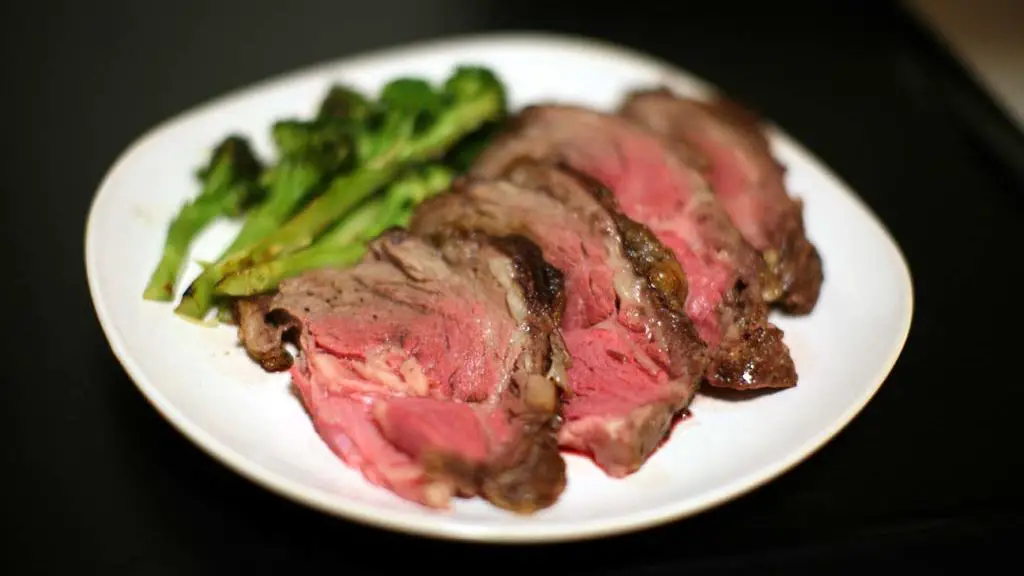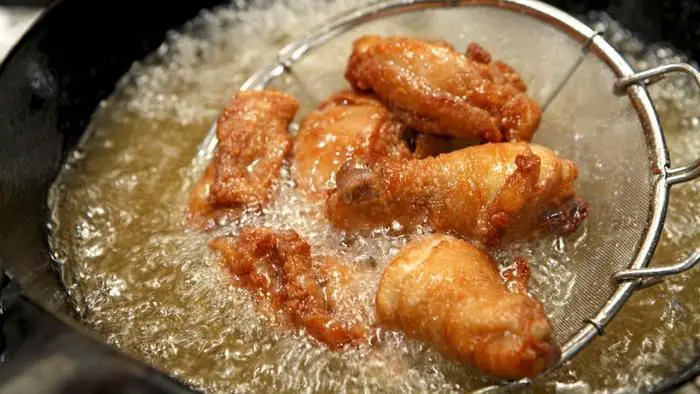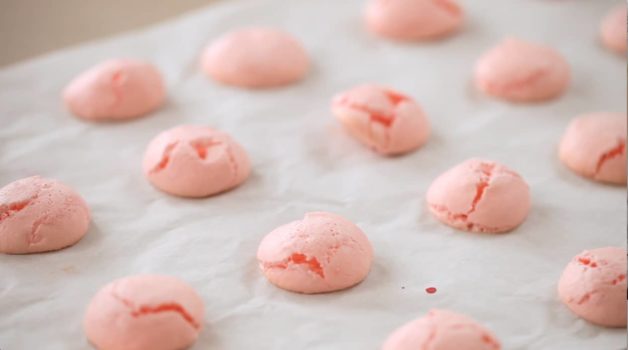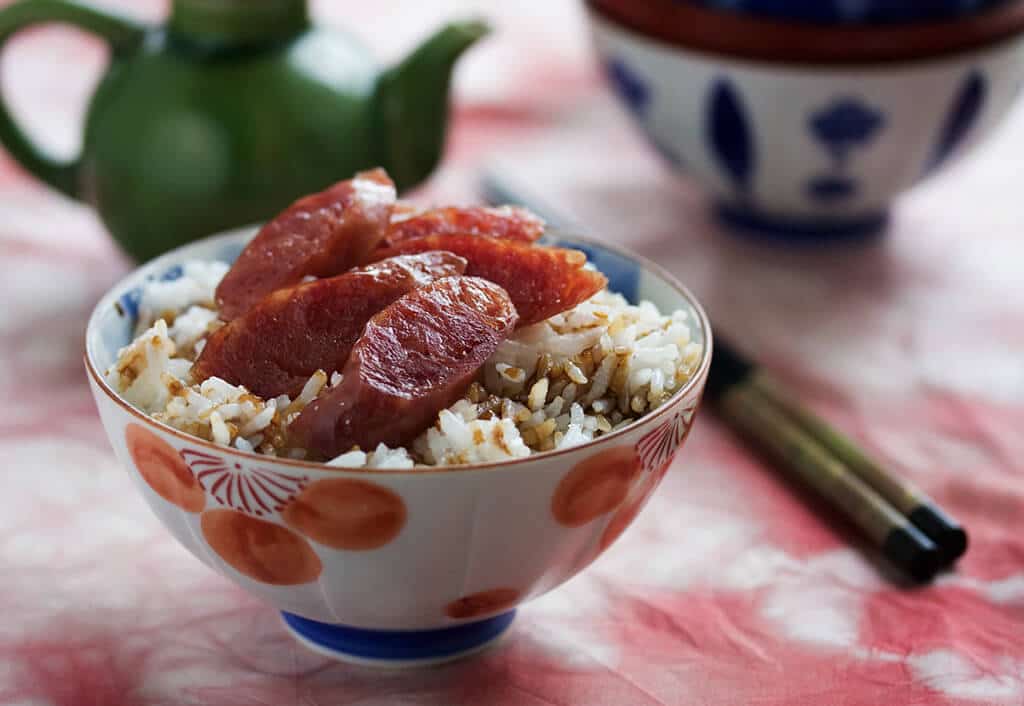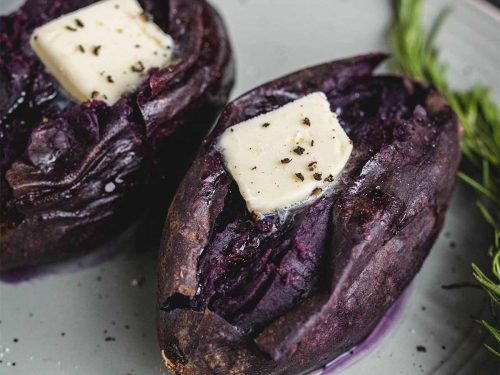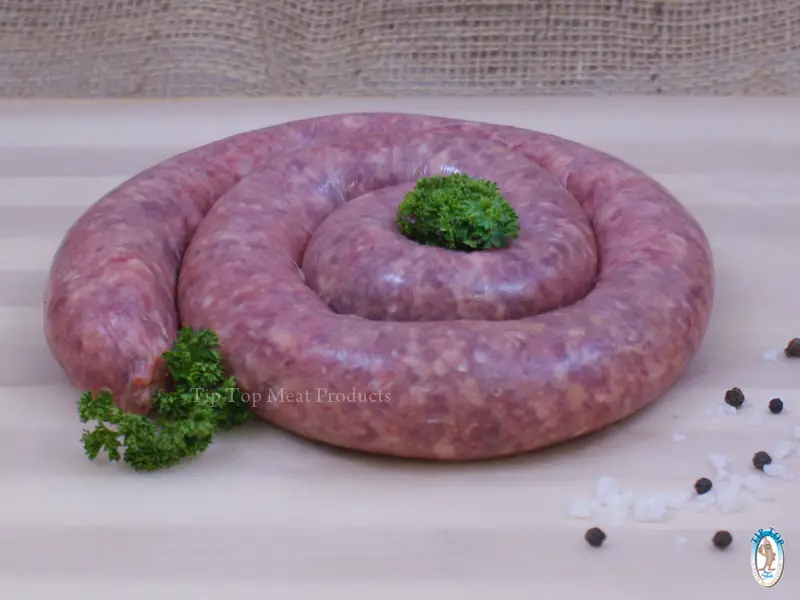Roast beef is a favorite meal for many people, especially during the festive season or family gatherings. However, cooking roast beef can be tricky, and the temperature you use can significantly affect the end result. In this article, we will look at the lowest temperature you can cook roast beef at to achieve juicy and tender meat.
Understanding Cooking Temperatures and Their Effects on Meat
Before discussing the lowest temperature to cook roast beef at, it is essential to understand how different cooking temperatures affect your meat. Cooking temperatures range from low heat (200°F – 250°F), medium heat (300°F – 375°F), and high heat (400°F – 450°F). These temperatures will affect the texture, flavor, and doneness of your meat.
When cooking meat over low heat, you preserve its natural juices resulting in juicy and tender beef. At medium cooking temperatures, you also get tender meat but with a firm texture. High-temperature cooking dries out the beef’s natural juices leading to tougher meat that lacks flavor.
Another significant aspect when considering cooking temperature is how heat transfers through your meat during cooking. The outside of your cut of beef starts heating first before transferring heat to the inside. Therefore, if high-temperature cooking is used for an extended time, the outer part becomes dry while the inner remains undercooked.
Why Cook at Low Temperatures?
Cooking roast beef at low temperatures has become more popular because it not only retains moisture in the beef while enhancing its flavor but also decreases any risk of overcooking since long periods of heating are involved.
Furthermore, using low temperatures provides ample time for collagen fibers in your cut of roast beef to break down into gelatin gradually, which makes it more tender and mouth-watering.
Factors That Influence The Lowest Temperature To Cook A Roast Beef
Several factors influence choosing the lowest temperature when slow-cooking a roast:
Meat Cut – Different cuts of beef have different optimal temperature ranges. For instance, a rump roast cut requires slow-cooking at 250°F, unlike a rib-eye steak that can handle 350°F when cooking.
Meat Size – A general rule of thumb is the larger the meat size, the lower the cooking temperature. This is to ensure that your meat has enough time to cook thoroughly on the inside without burning or drying out on the outside.
Fat Content – Fatty cuts require lower cooking temperatures than lean ones. If you’re using fatty beef or brisket, slow-cook it for an hour at 225°F before increasing the temperature to 350°F for another two hours to get perfect and juicy meat.
Oven Type – Your oven’s type may not be able to maintain low-temperature ranges like high-end ovens. Therefore, if yours is not designed for low heat, adjust your times accordingly.
Recommended Temperature Range for Cooking Roast Beef at Low Temperature
The range of temperatures typically used for slow-cooked roast beef can vary between 200°F and 325°F degrees Fahrenheit. However, most recipes advise that slow cooking should be carried out between a range of 225° F and 275° F letting your cut achieve an internal temperature approximately below ~130° F.
For optimal results when high-quality meat is cooked well done in Western cuisine this practice can take up to four hours or more depending on size.
Guide To Determine When Roast Beef Is Done Cooking
You don’t want to overcook or undercook your roast beef since both lead to inferior results. It’s essential to determine when your beef roast has reached its ideal doneness level using a thermometer or by observing color change.
Thermometer Readings: Inserting a thermometer into the thickest part of the meat will help determine its current temperature accurately. The recommended internal temperatures are:
Rare : 125-130 °F Medium rare: 130-135 °F Medium: 140-145 °F Well done: 155-165 °F
Internal Appearance And Color: Checking the roast’s color on the inside should give you a general idea of how far the cooking process has gone. For example, if the center appears pink, and color transitions to light brown on the outside, it means that your roast beef is cooked medium-rare.
Frequently Asked Questions About Slow-Cooking Roast Beef At Low-Temperature Ranges
- How do you cook a perfect medium-rare roast beef? To cook a perfect medium-rare roasted beef, slow-cook at around 225℉ for at least two hours and then checked by thermometer at intervals until it reaches an internal temperature of between 130°F -135°F.
- How soon should I take my roast beef out after reaching its target temperature?
Once your roast beef reaches its target temperature, remove it from the oven immediately to avoid overcooking or drying out.
- Can I adjust recipes that call for high roasting temperatures to low temperatures?
Yes, you can adjust high-temperature recipes to accommodate slow-cooking methods while considering their meat cuts, size, fat content and oven capabilities.
Conclusion: Recap And Final Thoughts
Cooking a juicy and tender roast beef requires appropriate techniques such as low-temperature cooking and careful monitoring of how well your meat has cooked. Remember to choose the right meat cut best recommended for slow-cooking and compensate with lower cooking temperatures when smaller or leaner cuts are used. A simple recommendation is usually roasting at not above 325℉ (163°C) using olive oil instead of butter would help preserve its natural flavors without losing any nutritional value in addition an occasional baste can be applied too.
Invest in an instant read thermometer; this makes taking frequent readings of internal temperature easy during cooking rehearsal until your desired mark has reached. Additionally, remember the ideal target internal temperature range when verifying doneness: 125-130°F for rare, 140-145°F for medium, and 155-165°F for well done on an average high-quality beef cut.
Summing-Up Points:
Cooking roast beef takes time, but the results are worth it when properly executed. Low temperatures preserve the meat’s natural juices and may also decrease risks of overcooking with ample time to turn collagen into gelatin making meat tenderer. Factors such as meat size odor type, fat content to be considered while carefully slow cooking temperature not beyond 325℉ (163°C) using olive oil to preserve flavour and proper tool usage will help guarantee optimal results when rehearsing these delicious meals at home.
Q&A
- Q: Can you cook roast beef at a low temperature? A: Yes, it is possible to cook roast beef at a low temperature.
- Q: What is the ideal temperature to cook roast beef? A: The ideal temperature for cooking roast beef is around 325°F to 350°F.
- Q: Is it safe to cook roast beef at a low temperature? A: As long as the internal temperature of the roast reaches at least 145°F, it is safe to cook roast beef at a low temperature.
- Q: How long does it take to cook roast beef at a low temperature? A: Cooking times will vary depending on the size and thickness of the roast, but typically it will take about 20-25 minutes per pound of meat cooked at a low temperature.
